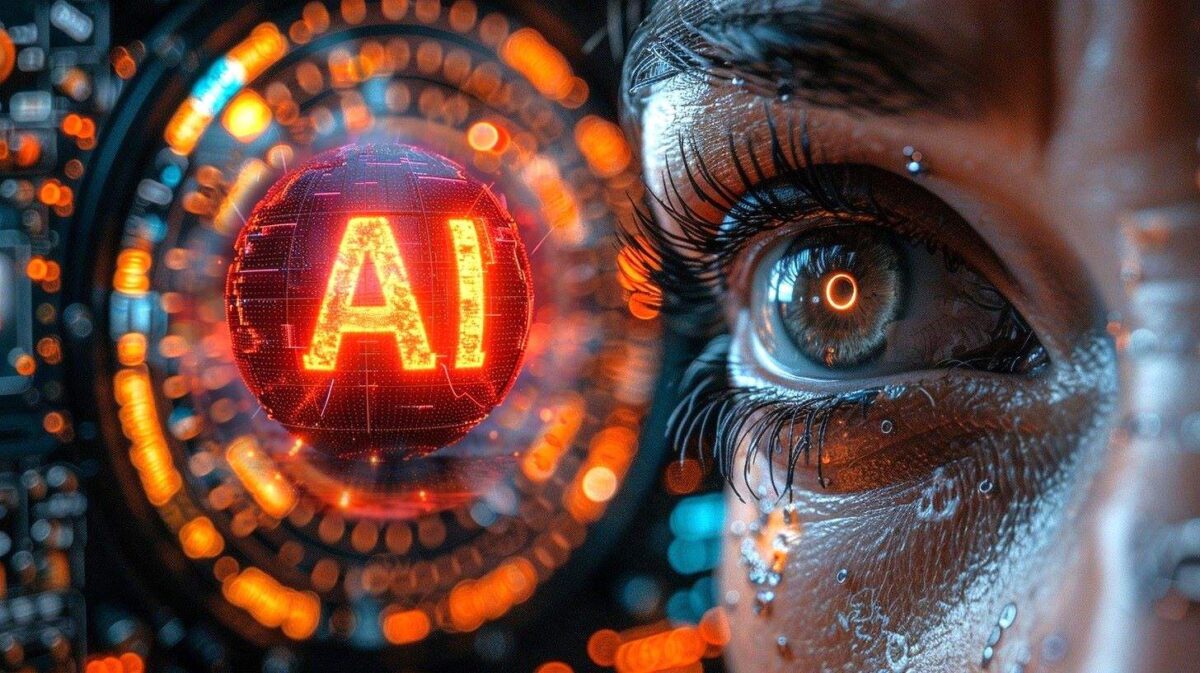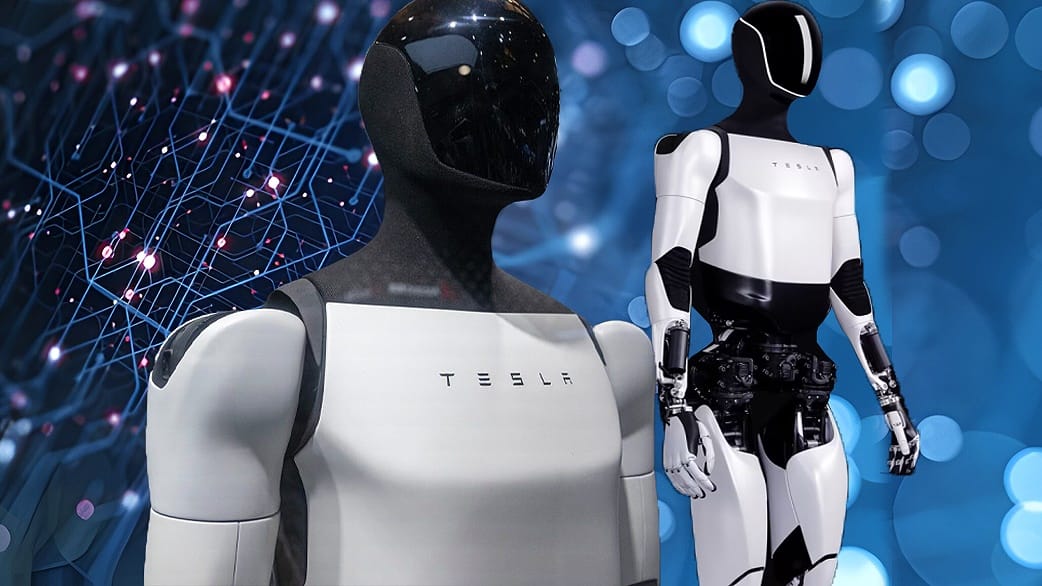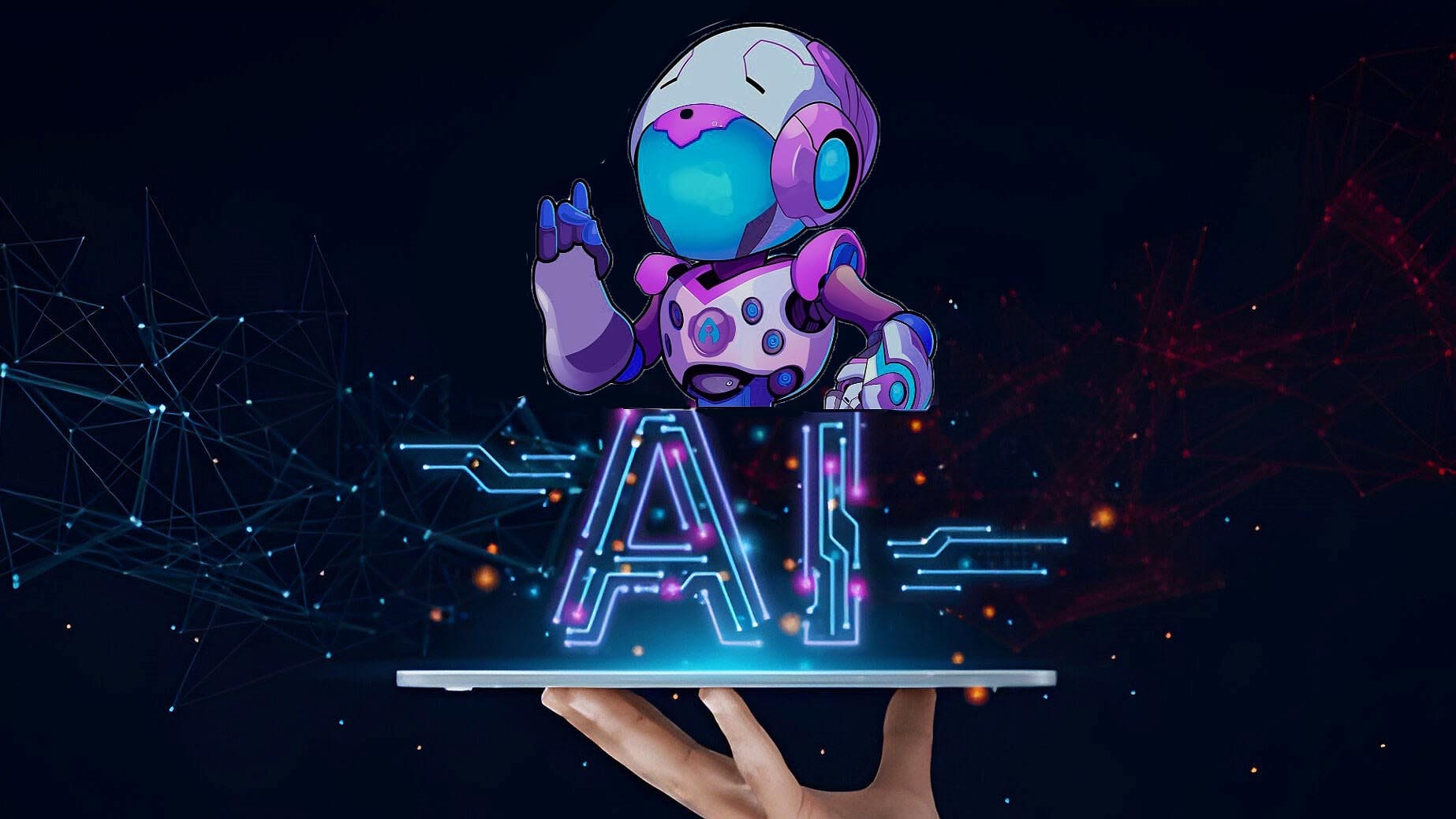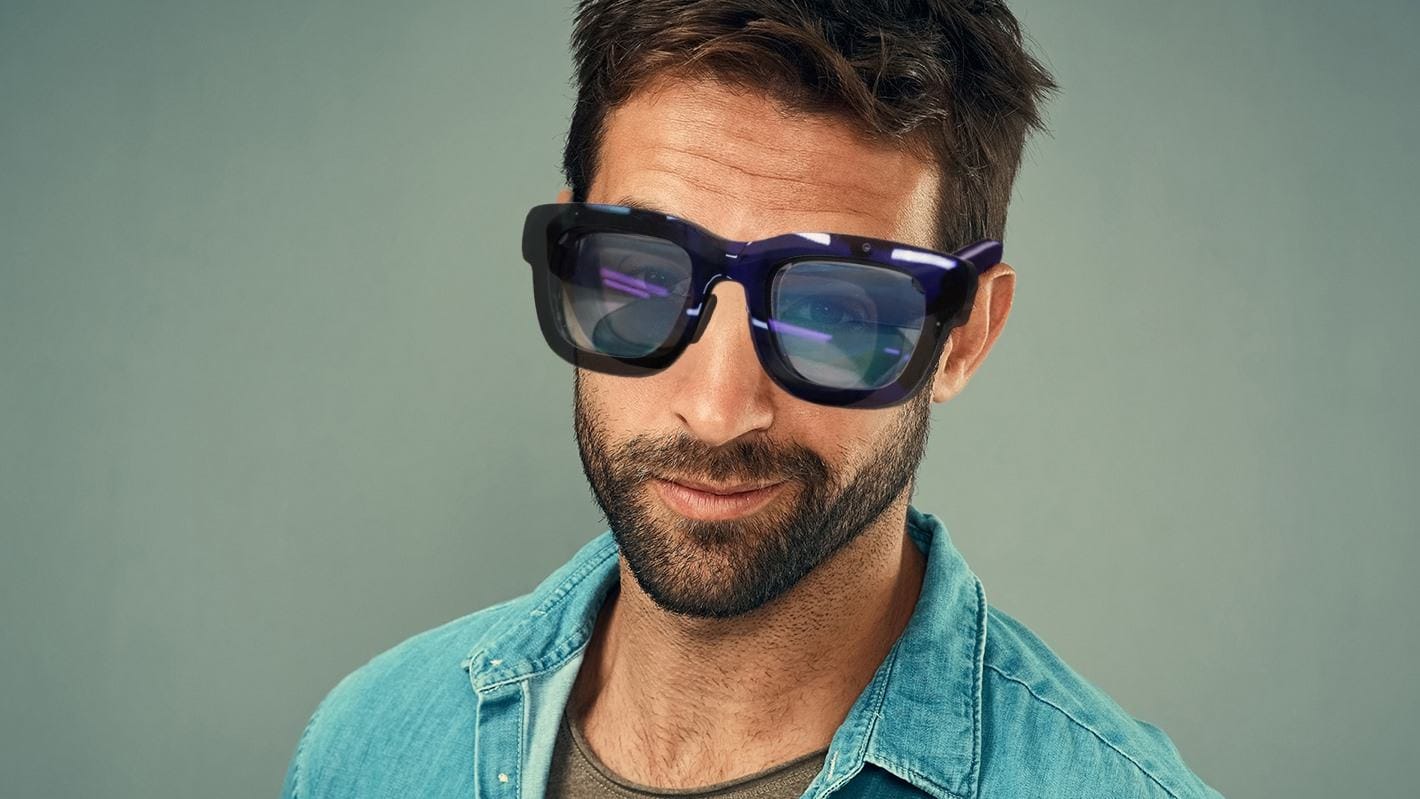Table of Contents
Table of Contents
Unshackling the Power of Text-to-Video AI
Imagine crafting a captivating video with just a few lines of text. No filming, editing, or expensive software required. That’s the magic of OpenAI Sora, a revolutionary AI model that turns your words into stunning moving visuals. Let’s delve into the world of Sora, exploring its capabilities, limitations, and potential impact.
In the fast evolving world of artificial intelligence, OpenAI’s SORA emerges as a beacon of innovation. Representing an astounding power of AI technology, Sora’s capabilities are unperturbed to reshape industries and redefine the extremity of what’s possible. In this page we look into the intricacies of OpenAI Sora, elucidating its features, real-world applications, anticipated release date, and the profound impact it’s set to make.
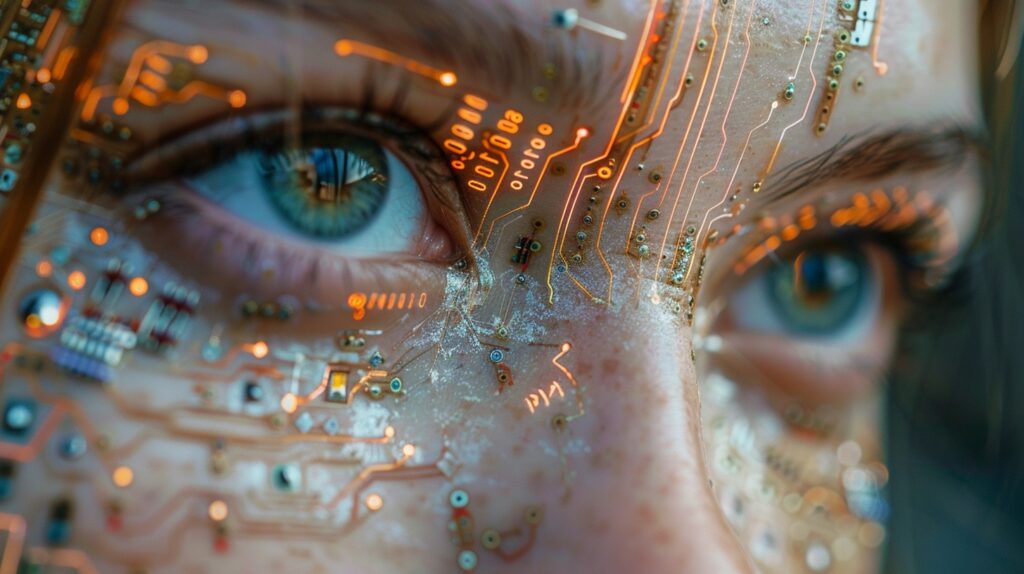
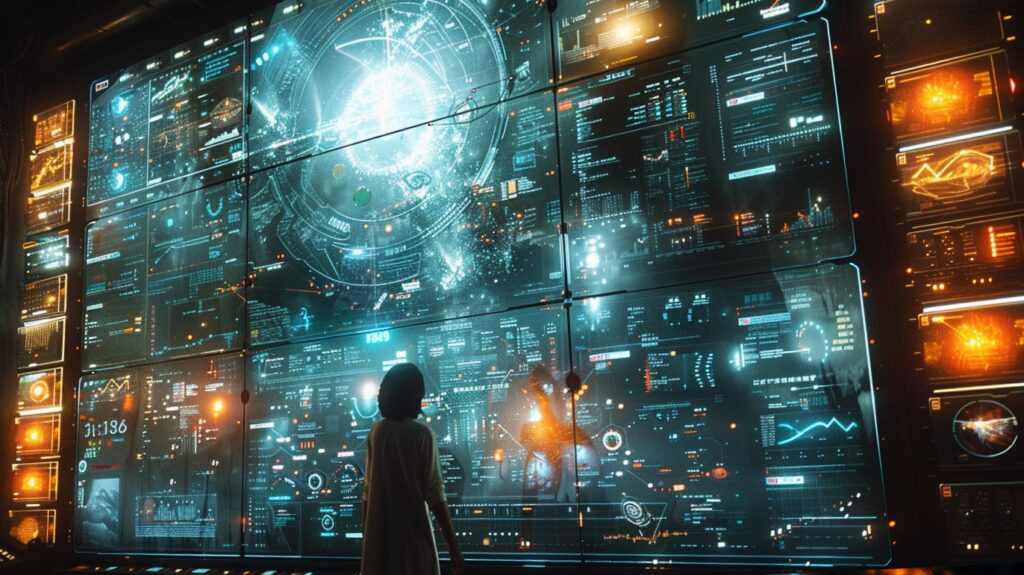
The Japanese word for sky is “Sora,” based on which OpenAI has named its new system. Researchers Tim Brooks and Bill Peebles, who are part of the technological team, selected the name because it evokes the idea of limitless creative potential. They added in an interview that Sora’s release to the public has not yet occurred since the business is still investigating the risks associated with the system. Rather, a select number of academics and independent researchers who will “red team” the technology—a word used to describe the process of searching for potential misuses—will receive access to it from OpenAI.
OpenAI has not disclosed specific details regarding the pricing model for Sora, including whether it will be offered through a subscription service or by alternative means. The company would consider subscription-based models to sustain ongoing R & D. As the release date approaches and more information becomes available, users and organizations interested in leveraging Sora’s capabilities can anticipate receiving clarity on pricing and subscription options directly from OpenAI.
Glimpse into OpenAI Sora Text-to-Video Magic
OpenAI, disclosed Sora in June 2023. It is a diffusion-based model trained on a massive dataset of text-image pairs. Unlike earlier text-to-video models, Sora excels at generating coherent, realistic, and visually diverse videos up to a minute long.
Last year companies like PikaLabs and Runway AI launched their programs in public domain that allowed users to type a message into a box on a computer screen and instantly create movies, which were of extreme short duration.
The four-second movies were unsettling, jerky, distorted, and fuzzy. However, they were an unmistakable indication that in the coming months and years, artificial intelligence systems would produce ever-more-believable videos.
Here’s how it works:
- You feed Sora a text prompt describing the desired video, which has to be specific! The more details you provide, the better the results.
- Sora analyzes the text and imagines each frame of the video sequentially. It starts with a rough sketch and gradually refines it, incorporating details from your prompt.
- The final output is a smooth, high-resolution video that brings your words to life.
- OpenAI Sora stands as the culmination of cutting-edge AI research, boasting unrivaled proficiency in natural language understanding, image recognition, and complex problem-solving.
- Powered by state-of-the-art deep learning algorithms, including transformers, Sora possesses the ability to analyze and comprehend vast datasets with unparalleled accuracy and efficiency.
- Its robust architecture enables Sora to adapt and learn from diverse data sources, continually refining its capabilities and staying at the forefront of AI innovation.
Below is Example video from OpenAI’s trial, with the Prompt– “Animated scene features a close-up of a short & orange furry fluffy monster kneeling aside a red candle. The art style is 3D and realistic, unreal engine 5, caricature-animated like, with a focus on lighting and texture. The mood is of wonder and curiosity, as the monster gazes at the flame with open mouth and wide eyes. The use of warm colors and dramatic lighting further enhances the cozy atmosphere of the image. I can’t believe how beautiful this is, dynamic action sequences, eerily realistic, childlike innocence and charm”
The beta-trials videos are not always flawless and sometimes contain odd and nonsensical imagery, despite the fact that they can be rather amazing. Imagine with time, the AI evolves, learning these mistakes and starts creates short documentary movies with appropriate commands. Within few years the tech & likes can become nightmare for movie makers.
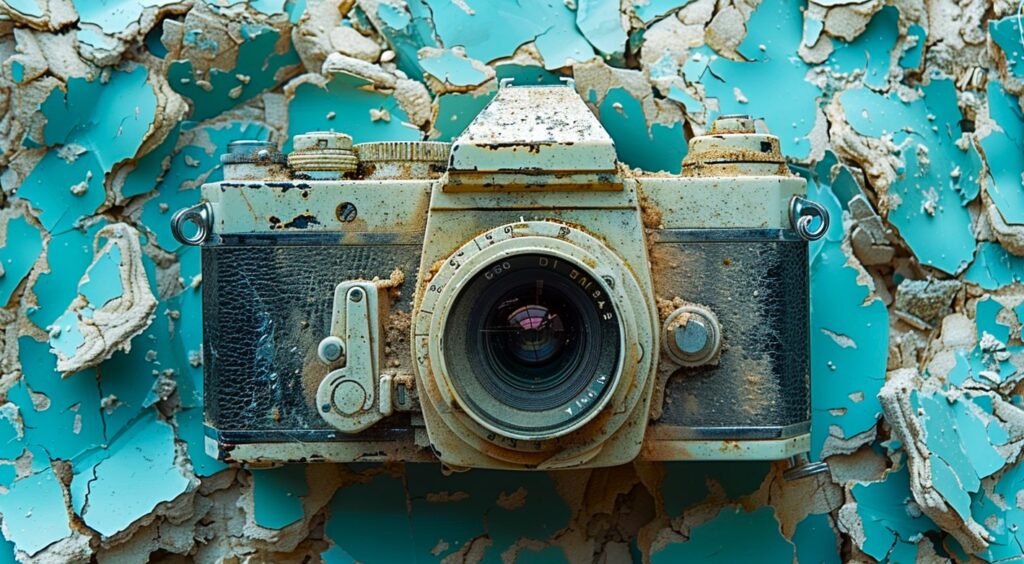
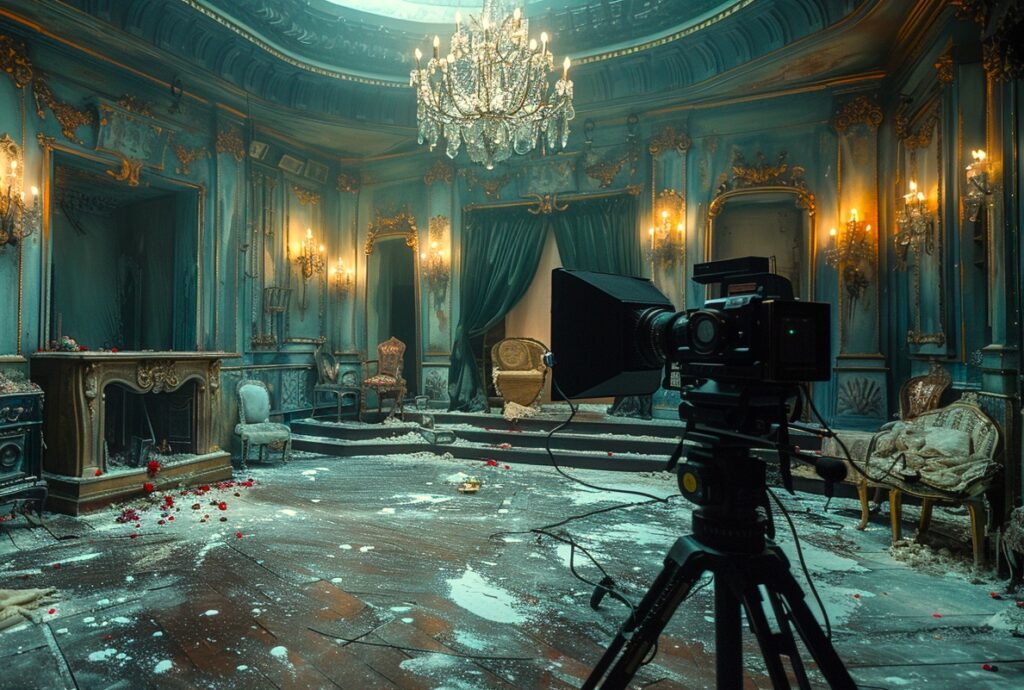
Big question looms: will the the traditional machines become objects of past within say few decades or a century
Creativity with Specificity: Examples Across Industries Sora Applications:
Marketing & Advertising:
- Personalized video ads: Imagine a travel agency generating unique video ads for each user, showcasing their dream vacation destinations based on their browsing history.
- Product demos on demand: A furniture store could allow customers to instantly see a virtual rendition of a sofa in their living room, using Sora to generate the footage based on their chosen model and room dimensions.
Education & Training:
- Interactive science lessons: Imagine a biology student exploring the inner workings of a cell through a captivating animation generated by Sora based on their textbook description.
- Personalized language learning: A language app could use Sora to create engaging video dialogues tailored to the learner’s level and interests.
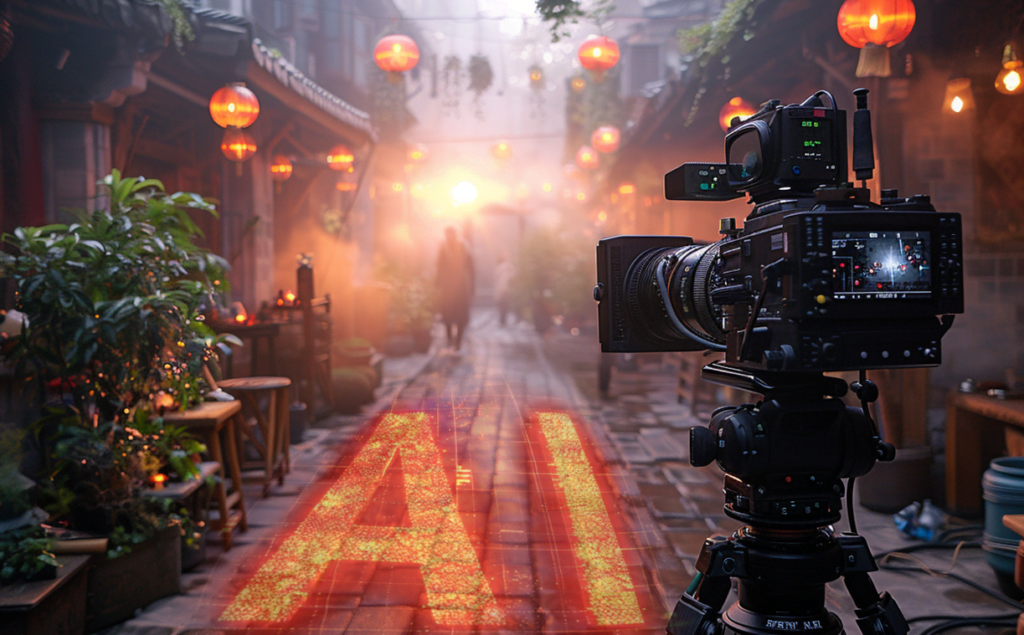
Entertainment & Media:
- Storyboarding on steroids: Screenwriters could craft dynamic storyboards with detailed visuals, generated by Sora from their scene descriptions, before shooting the film.
- Music video creation: Imagine independent musicians using Sora to bring their songs to life with unique, AI-generated visuals.
Social Media & Gaming:
- Dynamic social media posts: Users could create personalized video greetings or birthday messages, powered by Sora and their text prompts.
- Player-driven in-game cutscenes: Imagine a game where key moments adapt based on player choices, with Sora generating unique cutscenes in real-time.
Ethical Considerations: Guiding the Future of AI-Generated Video
While Sora opens exciting possibilities, responsible development and use are paramount. Some key considerations are:
- Bias detection and mitigation: OpenAI actively addresses potential bias in its models. Users should be aware of this ongoing effort and use Sora responsibly, avoiding prompts that could perpetuate harmful stereotypes.
- Transparency and attribution: It’s important to disclose when videos are AI-generated and credit the model accordingly. This encourages trust and prevents misuse.
- Regulation and education: Governments and tech companies must work together to create regulations that address potential misuse of AI-generated videos, while also educating the public about its capabilities and limitations.
Tim Brooks stated : “Our goal is to provide an early look at upcoming developments so that people can assess the potential of this technology and provide inputs to us” . Videos created by Sora are already being tagged by OpenAI with watermarks that indicate they were created using artificial intelligence.
The trials contained both publicly accessible videos and media that were licensed from copyright holders, OpenAI declined to disclose the number of videos the system was trained on or their source. The corporation has been already been sued several times for exploiting copyrighted content, and it is probably trying to keep an advantage over rivals, which is why it doesn’t disclose anything about the data it uses to train its algorithms.

Embracing the Future: A World of Possibilities Awaits
Over the past few years, DALL-E, Midjourney, and other image generators have advanced so swiftly that they can now produce visuals that are completely identical to real photographs. Due to this, it is now more difficult to spot false information online, and many creative artists are finding it more & more difficult to get employment.
“When Midjourney was first released in 2022, everyone laughed saying its so cute, undermining the rapid potential of AI evolution” said Reid Southen, a Michigan-based movie concept artist. “Now, Midjourney is causing people to lose their jobs.”
OpenAI’s Sora represents a significant leap in text-to-video technology, paving the way for a future where creating compelling visuals becomes accessible to anyone with an imagination. As the technology evolves and ethical considerations are addressed, the potential applications across industries are vast, from revolutionizing education to democratizing video creation. While the specific launch date and pricing remain unknown, but some sources say it might not be put in public domain before next year.
OpenAI Sora’s curtain raiser is just a glimpse into a future where the line between imagination and reality might just be drawn with a few words.


